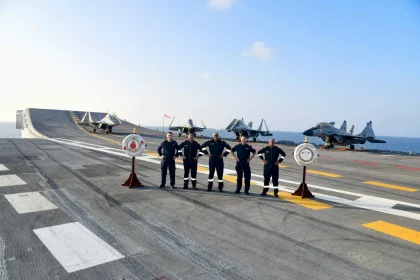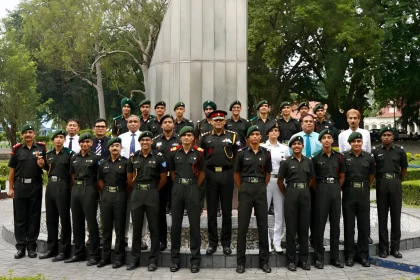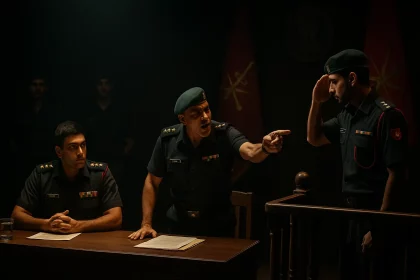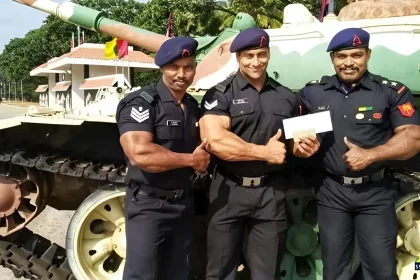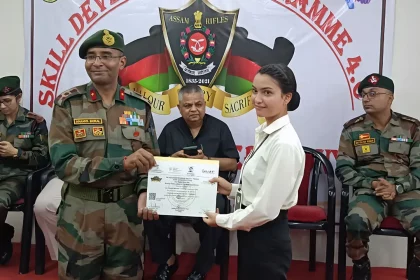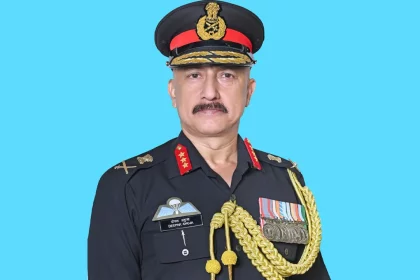India, UK Navy Kick Off ‘Konkan’ Exercise in Western Indian Ocean
Both navies deploy aircraft carriers, fighters, and submarines as part of a high-intensity maritime exercise aimed at boosting interoperability and…
RIMC Cadets Excel Again with 82% Success in NDA (II) 2025 Written Exam
RIMC Cadets Achieve 82% Success Rate in NDA (II) 2025 Written Exam, Continuing Legacy of Excellence and Leadership.
Lieutenant Colonel Sentenced to 2 Years Rigorous Imprisonment, Dismissed from Service for Fraud and Misconduct
The findings and sentencing two years of rigorous imprisonment and cashiering (dishonourable discharge) will take effect pending confirmation by the…
How to Join the Indian Army as a Bodybuilder: Comprehensive Guide for 2025
Bodybuilding cultivates not only muscular development but also instills discipline, perseverance, commitment, and psychological fortitude qualities that align closely with…
Assam Rifles Provides Skill Training to 56 Youths in Manipur
Fifty-six young participants, trained in hospitality and retail under Assam Rifles’ Skill Development Programme 4.0, receive NSDC certificates and job…
Lieutenant General Deepak Ahuja Assumes Charge as Director General Ordnance Services
Lt Gen Deepak Ahuja pledges to uphold the legacy of the Ordnance Corps and drive its transformation into a future-ready,…

